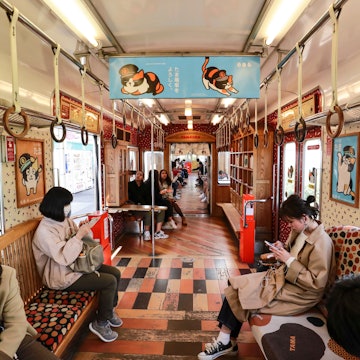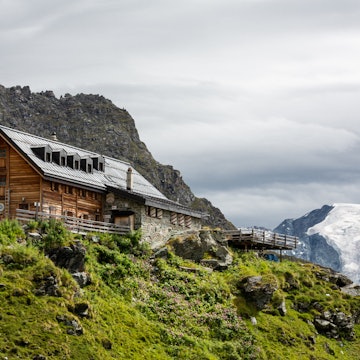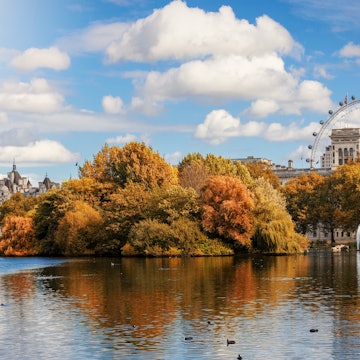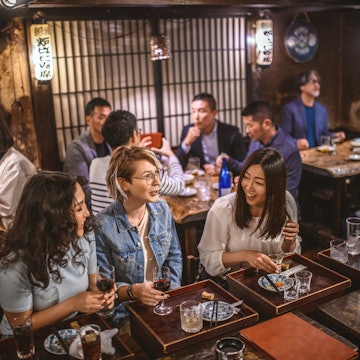

Toshima Island, Japan. RITSU MIYAMOTO / Shutterstock
Japan is known for its traditional culture and futuristic megacities, from the ancient temples of Kyoto to the cutting-edge technology and dynamic pop culture of Tokyo. But the country offers so much more. Journey from some of the main cities to discover small islands with astounding natural beauty, distinct local customs, and opportunities to be immersed in the destination, all while avoiding the crowds.
These places are easy to access; the larger ones are served by ferries and flights from main hubs while the others can be reached by smaller vessels, sometimes even without a reservation.
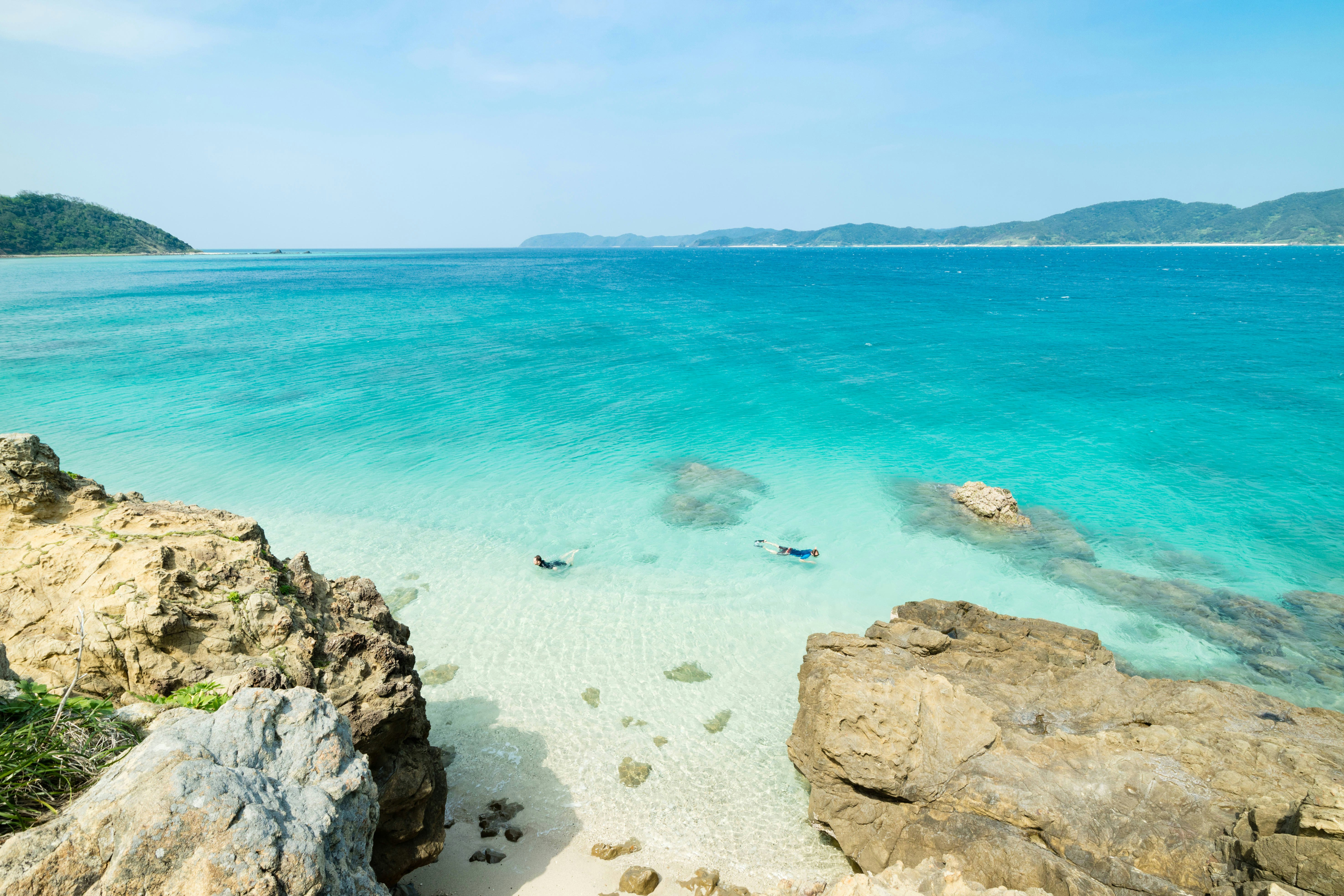
1. Amami Ōshima
Best for nature, wildlife and culture
Amami Ōshima has rich biodiversity, unique natural environments and a distinct culture, partly due to its remote location, halfway between Kyūshū and Okinawa. The unique flora and fauna has earned the island a UNESCO World Natural Heritage Site designation. Get up close on a night safari with a certified eco-guide in Kinsakubaru Virgin Forest, home of endemic and endangered species like the Amami rabbit and Ishikawa’s frog. For a more active option, kayak the mangroves, a rare ecosystem found in this subtropical coastline, inhabited by the barred mudskipper and black heron.
Amami Park provides an introduction to local history and culture, including its tradition of craftsmanship. Ōshima Tsumugi, a silk dyed with iron-rich mud and woven with intricate patterns, is particularly renowned. At Ōshima Tsumugi Mura, you can experience dyeing, weaving on a traditional loom or wearing an Ōshima tsumugi kimono.
Must-try local foods include Amami kukutō, a brown sugar boiled down from sugarcane juice, and keihan, a rice-based dish dating back 400 years. Strips of various toppings, including chicken, egg, shiitake mushrooms, papaya and citrus zest, are added to rice before it is covered with chicken broth.
The island also boasts emerald green seas teeming with coral reefs and white-sand beaches like Ōhama Seaside Park, ideal for swimming, snorkeling and surfing.
Planning tip: Use Amami Ōshima as a base for exploring the nearby islands of Kikaijima and Kakeroma, which can be reached by ferry.

2. Tanegashima
Best for learning about space and practicing yoga
Situated 43km (27 miles) off the southern coast of Kagoshima Prefecture and accessible by ferry, this island is home to the Tanegashima Space Center, run by Japan Aerospace Exploration Agency (JAXA), and is the primary site for observing rocket launches in Japan.
As JAXA’s research and development site, the center houses facilities for assembling, maintaining, inspecting and launching satellites, as well as a general control building. Join a free tour to learn about space development and gain a bird’s eye view of the surrounding sandy beaches and azure sea. The onsite JAXA Space Science and Technology Museum introduces cutting-edge innovations.
Yoga lovers can practice in Nishinoomote, the only Japanese city recognized as a Sacred Place of Yoga due to its abundant nature, which is believed to enhance the mental and physical benefits of yoga. Urada Beach and Amamegakura Park are recommended at dawn, and Rte 378, which runs along the western coast, is popular at sunset.
Planning tip: Facility tours of the space center are by reservation only. Bookings are not possible during July, August and the series of holidays in May, nor on scheduled rocket launch days.
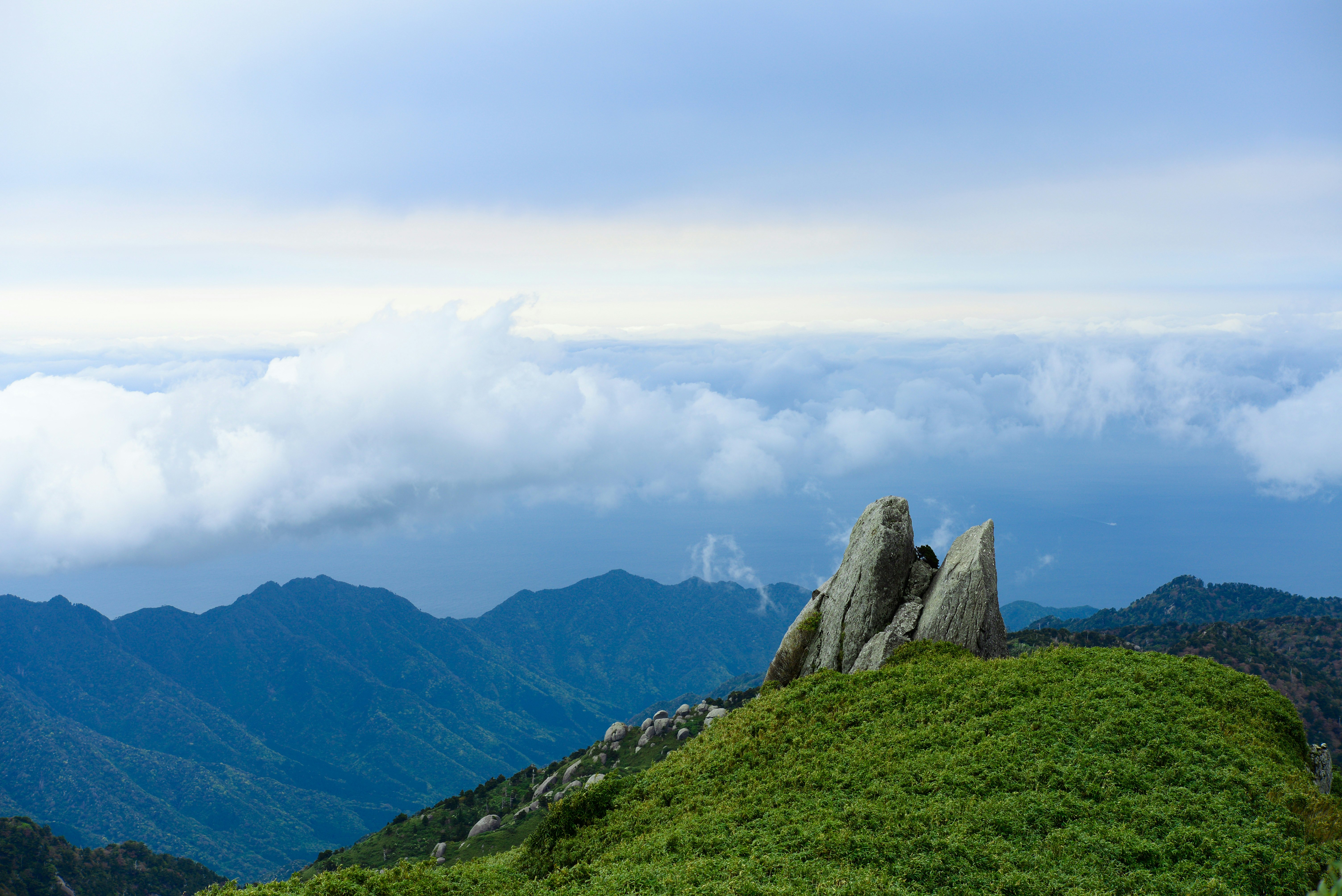
3. Yakushima
Best for plant lovers, hikers and forest bathers
Tanegashima’s neighbor and also part of Kagoshima Prefecture, Yakushima is a circular island whose terrain rises from the coasts to the tallest peak in Kyūshū, Miyanoura-dake (1936m/6348ft), at its center. It is home to more than 70% of all plant species in Japan, with subtropical plants filling its plains and subalpine plants inhabiting its central highlands. Join an eco-tour for an introduction to some of the 1900 species of plants.
Around 90% of Yakushima is covered by cedar forests, with some trees more than 1000 years old. The oldest tree at 7000 years old, Jomon Sugi, can be reached by a 22km (13.8 mile) round trip on foot, but there are easier options, too. Nature park Yakusugi Land offers trails of various difficulty, as well as forest bathing (shinrinyoku) tours that involve meditation in the forest to enhance wellbeing.
Other highlights include the roaring waterfalls of Okonotaki and Senpironotaki, as well as opportunities to spot wild sika deer and Japanese macaques. Join a tour on Nagata Inaka Beach between July and September to witness sea turtles hatching and making their way to the sea.
Planning tip: Like Tanegashima, Yakushima is accessible via high-speed jetfoil ferries.
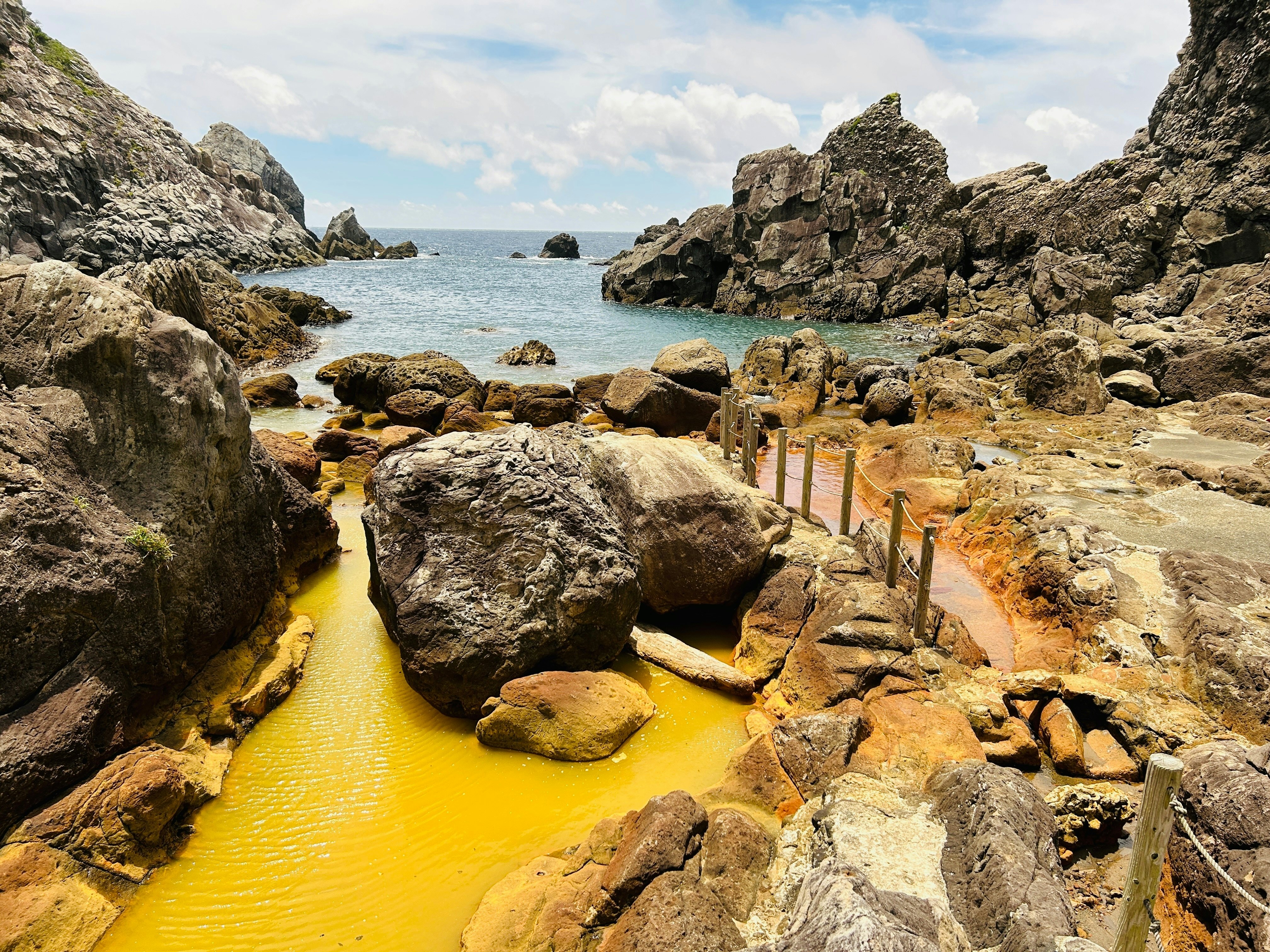
4. Shikine-jima
Best for watersports and outdoor onsen
Shikine-jima is part of Tokyo, despite being more than 100km (62 miles) south of the metropolis and a world away from its bustling environment. Accessible via Tokai Kisen ferries, the laid-back island is characterized by its beautiful ria coastline. Climb to the Kanbiki Observation Deck for views of the rocky coast and nearby islands, as well as Mt Fuji and the Izu Peninsula on a clear day.
For snorkeling and diving, Nakanoura Beach is a good option. Oura Beach features a campsite and is a popular spot to watch the sunset. Tomari Beach is situated in a sheltered bay, providing calm waters for swimming, and it’s possible to rent parasols and inflatables in summer.
The geothermically active southern area boasts outdoor onsen that change temperature with the tide. All are mixed gender so users tend to bathe in swimsuits. Matsugashita Miyabi, a series of iron-rich pools overlooking a quaint harbor, has changing rooms and easy access. A more adventurous option is Jinata Onsen, a no-facility spot with spectacular sea views that can be reached via a steep and narrow downhill path. Watch out for the bubbling pools that contain scalding water and are especially common at low tide.
Planning tip: Hire a bicycle to get around from one of the numerous shops that offer hourly or daily rentals.
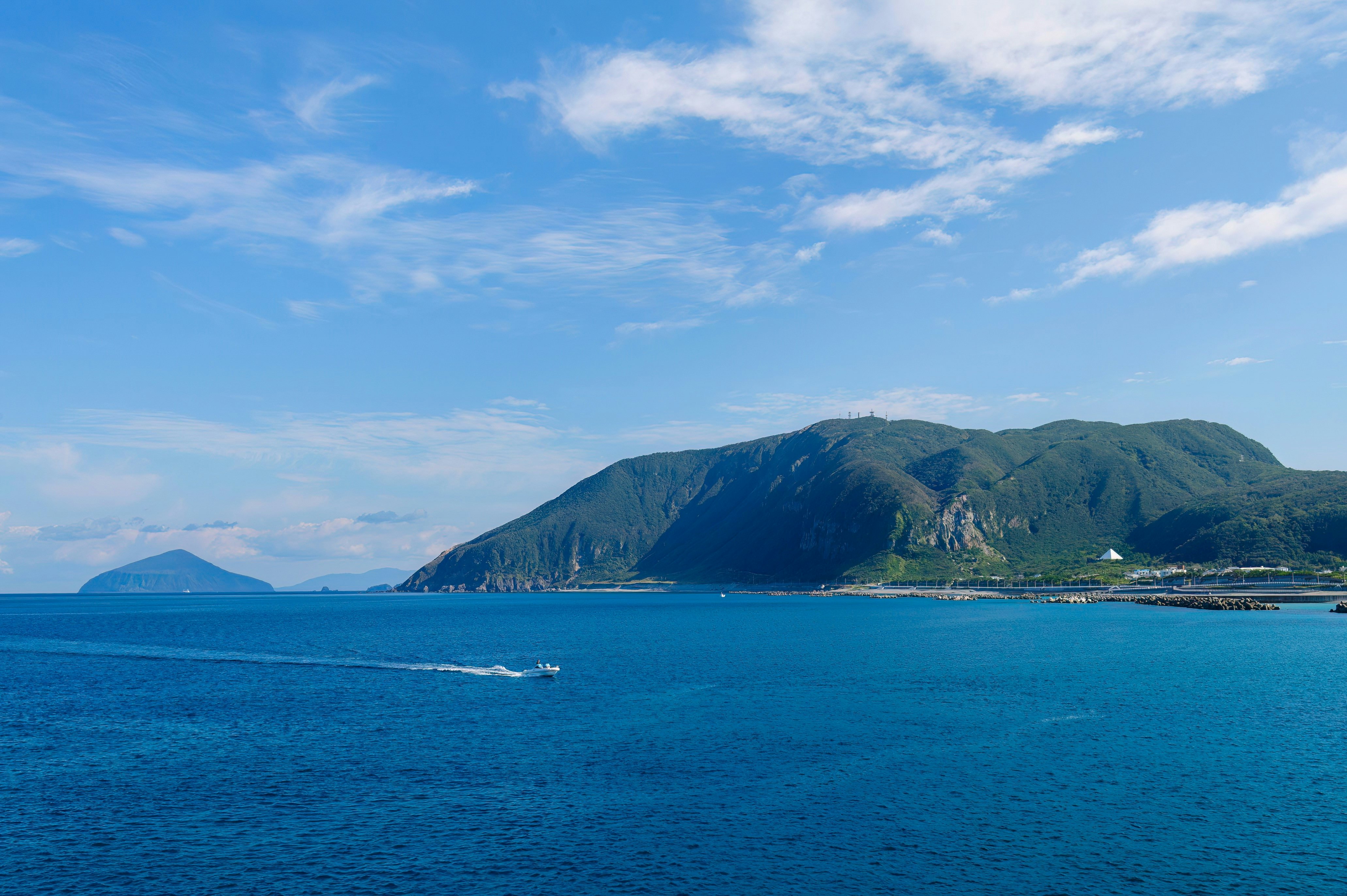
5. Toshima
Best for stargazing and dolphin spotting
North of Shikine-jima on the same archipelago, Toshima is far from major light sources, making it ideal for stargazing. On the lawns of Minamigayama Park on the southern hillside of Miyatsuka-san, there is zero light pollution, making it possible to view the Milky Way.
Daytime activities are centered around the local pod of dolphins. Join a boat tour to watch them play or go for a swim between March and November and see if they join you.
Outside this period, the island is transformed as swathes of pink and red flowers bloom on the 200,000 camellia trees that fill the mountain terraces. The island has been one of Japan’s largest producers of camellia oil, which is popular for moisturizing skin and hair, since the Heian period (794–1185), and related items are for sale on the island.
Planning tip: Many minshuku (Japanese-style bed and breakfasts) offer ad hoc tours to see the dolphins or gaze at the stars; ask your host.
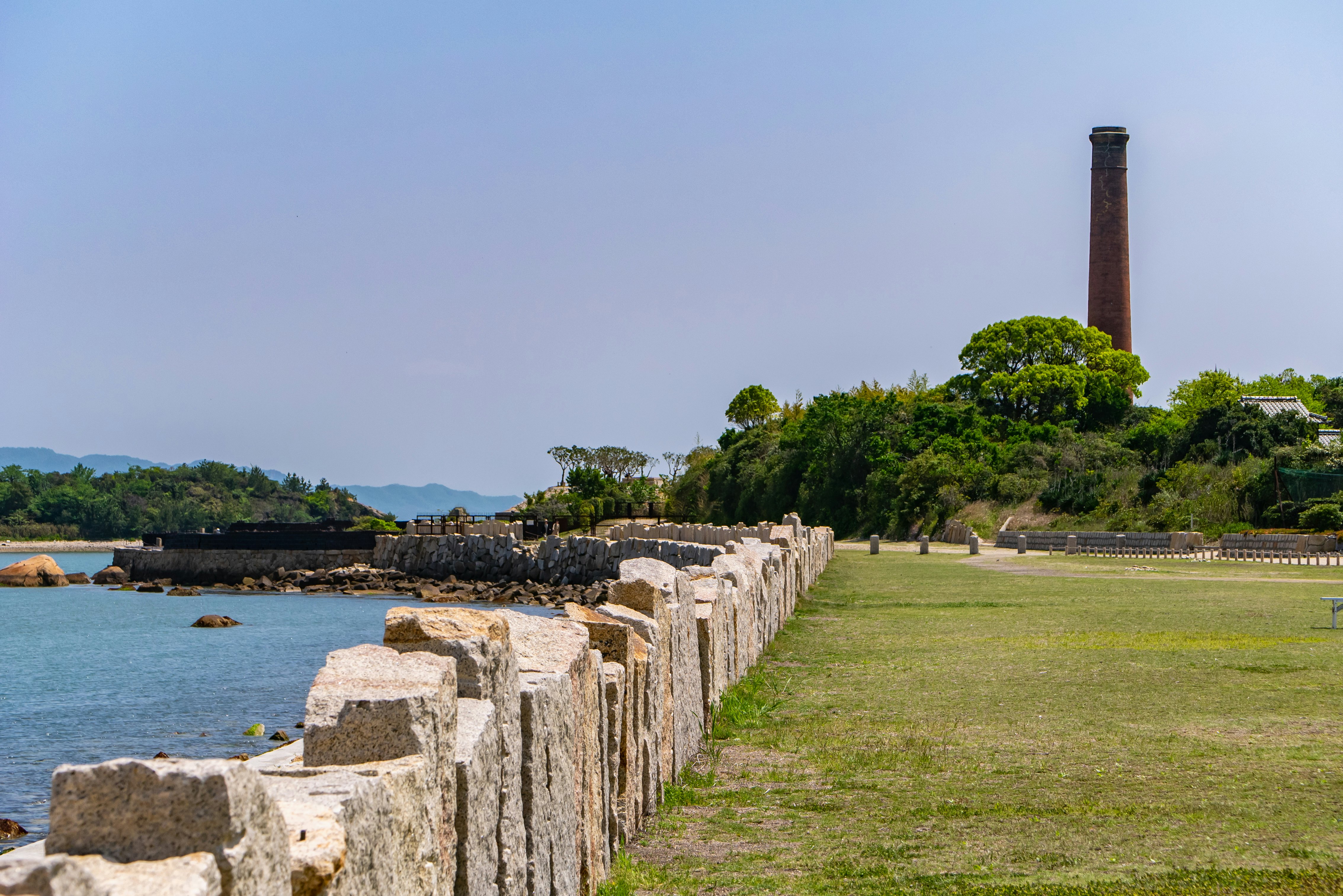
6. Inujima
Best for appreciating art without the crowds
As a venue of the Setouchi Triennale, a contemporary art festival held every three years, Inujima presents iconic architecture and art at every turn, without the crowds of Japan’s more famous “art islands.” At only 3km (1.9 miles) and a ten minute ferry ride from Okayama, this small isle can be explored entirely on foot as a day trip.
Its focal point is Seirensho Art Museum, which has been tastefully built in and around a former copper refinery that played a critical role in the industrialization of Japan. Many of the exhibits are underground and use physical features such as water pools and suspended wooden structures to convey abstract ideas. It’s also worth exploring the grounds, which feature historic brickwork and views of neighboring islands.
With only about 100 residents, Inujima has a slow vibe. A stroll along the narrow streets reveals colorful modern art alongside traditional buildings, and there are several galleries, too.
Planning tip: Bring refreshments as dining and shopping options are limited, particularly during low season.
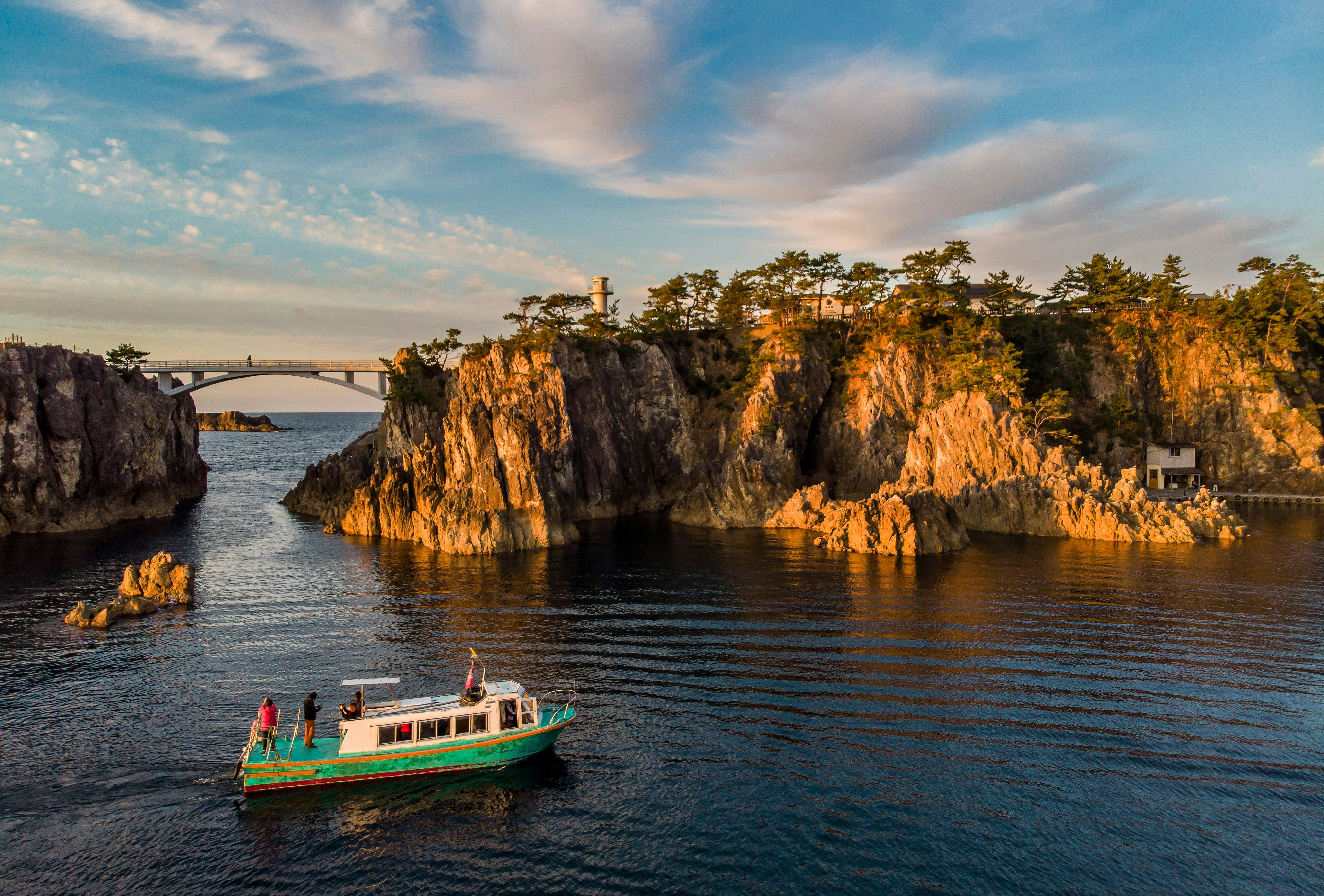
7. Sadoshima
Best for scenery, history and the arts
Located in the Sea of Japan, off the coast of Niigata, Sadoshima is a geopark, with stunning scenery. Take a cruise around Senkaku Bay for panoramic views of the dramatic cliffs and coastline or kayak Ryoudo Cave, known as Sado’s Blue Grotto due to its pristine azure water. Iwakubi Shoryu is home to iconic rice terraces, best viewed when lush in spring and summer, or when illuminated from mid-October to mid-March.
Sadoshima was the site of a major gold rush in the early 17th century, and Sado Kinzan introduces the evolution of mining methods from the time. Travel by mine cart to the crushing yard, don mixed reality glasses to traverse the tunnels while engaging with interactive exhibits, or visit Sado Nishimikawa Gold Park to try panning for gold.
Once a place of exile for nobles and intellectuals who developed cultural practices, Sadoshima also has rich artistic traditions. Performances of nō, a classical musical drama, are held regularly between April and October, and Earth Celebration, a festival centered around performances of the island’s renowned taiko drum ensemble Kodō, is held annually in August.
Planning tip: The Sado Kisen ferries travel to Sadoshima from Niigata and Naoetsu Ports.
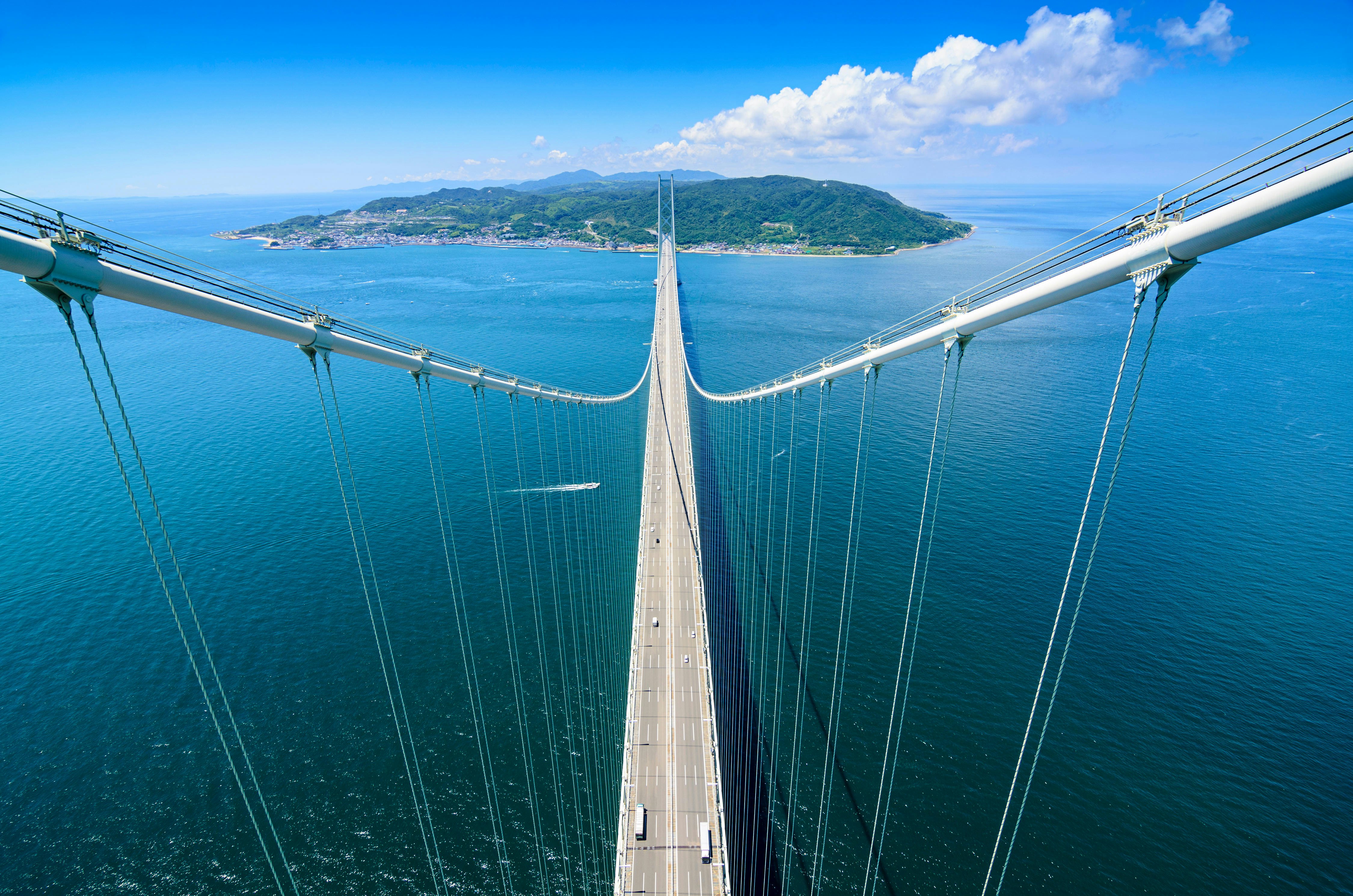
8. Awaji-shima
Best for pop culture and cuisine
This resort island is connected to Shikoku by the Naruto-Ōhashi Bridge and to Honshū via the Akashi Kaikyō-Ōhashi Bridge, the longest suspension bridge in the world at 3.9km (2.5 miles). The easy access, though, brings crowds during school vacations in late March, July and August.
The northern area boasts Nijigen no Mori, a theme park with attractions and eateries based on popular anime series like Naruto and Boruto. Ride a zip line into Godzilla’s mouth before using weapons to defend the island from his attack or visit the nearby Hello Kitty Show Box, to see the popular feline character sing and dance.
Renowned as a miketsukuni (lands of royal provisions) for centuries, Awaji-shima has a distinct culinary culture, from the alfresco dining options at the seaside Awaji Chef’s Garden to the onion-themed dining complex Uzu-no-oka that celebrates the island’s most farmed vegetable. Awaji Nature Lab & Resort’s restaurant Haru San San serves farm-to-table dishes while Zen retreat Zenbo Seinei’s offerings include vegan lunches with meditation and yoga.








